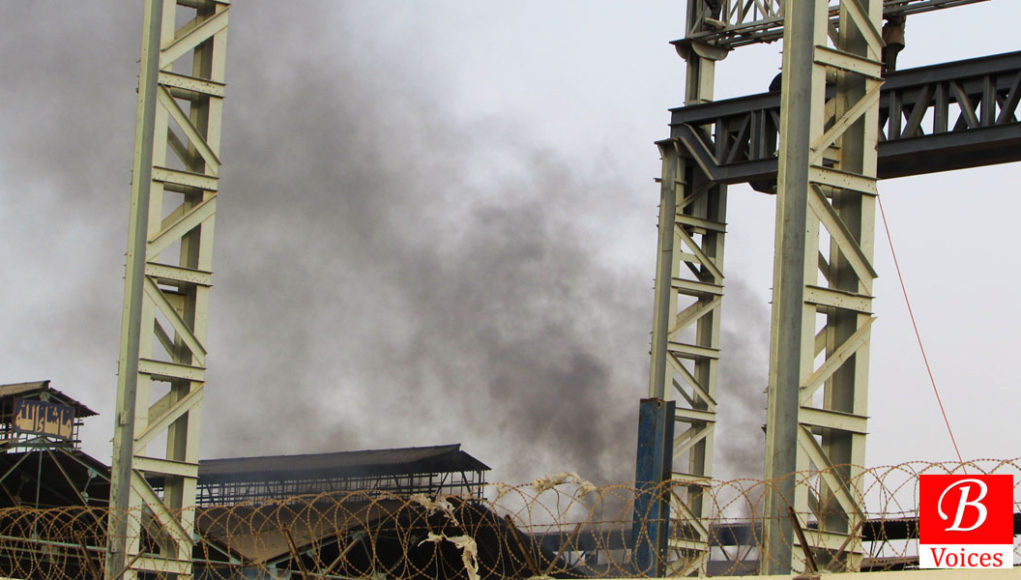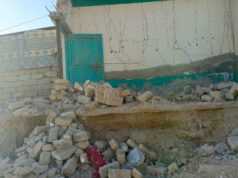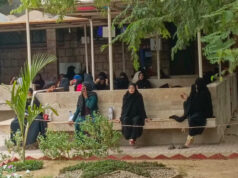Ayaz Khan
Retaining a geographical area of 15,153 square kilometres while sharing its boundaries with Sindh in East, Awaran and Gwadar districts in West and Khuzdar in North, district Lasbela, being economic hub of the province Balochistan lies at the heart of the province. Like Karachi being the backbone of the economy of the province Sindh, district Lasbela retains an equal status for bolstering economy of Balochistan.
Lasbela is burdened with responsibility for sustaining almost 80 per cent of the province’s economy. Given the ambivalent climatic attitude of the district, the district Lasbela is, however, faced with a two-pronged threat—unpredictable climate and unabated industrial pollution.
In Balochistan, industrialization initiated in 1970 with the first industrial estate established in Quetta and the other at Uthal in district Lasbela. Following the snail’s pace development of Quetta and Uthal Industrial Estates, Hub received its industrial status in 1982. Lying adjacent to Karachi, Hub attracted a successful industrial investment lasting to date with a total number of 135 industries functioning under Lasbela Industrial Estate Development Authority (LIEDA). These industries range from textile, auto parts, and electric cables to chemical and plastic manufacturing industries.
Air pollution represents the biggest environmental risk to health (WHO)
Currently, out of these 135 industries, 22 are steel mills which are the major cause of Green House Gases emission (GHGs). Given the lack of check and balance by the concerned authorities and provincial government, most of the industries escape accountability emphasizing to adopt environment-friendly methods to mitigate the availability of Particulate Matter in the air (PM2.5/PM10) which are the major cause of various fatal diseases.
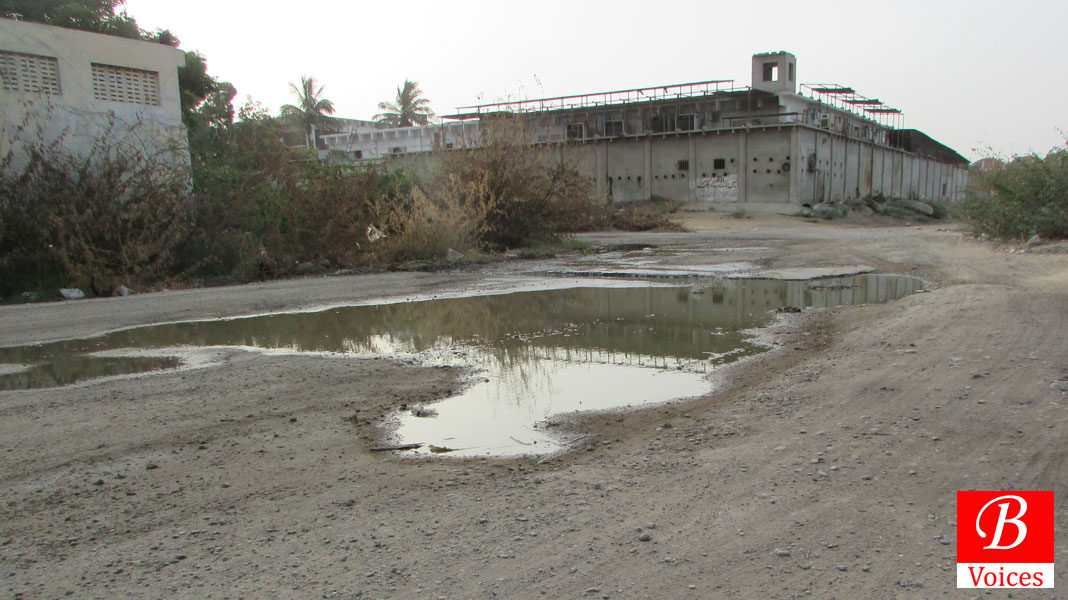
“Most of the complaints we receive are registered against steel mills, because of burning rubber and other carbon enrich material while violating the industrial laws which make the industries ensure using Liquefied Petroleum Gas (LPG),” says a LIEDA official while talking to Balochistan Voices, who wishes not to be named.
“We do have a strict policy towards controlling industrial pollution. We send show cause notices to the industries not following the enacted laws for reducing GHG emission. If an industry shows an unflinching attitude we have right to make them oblige to the laws,” says a LIEDA official while talking to Balochistan Voices on the condition of anonymity.
According to WHO’s report titled Ambient Air Pollution: a global assessment of exposure and burden of disease 2016, in 2012 out of every ten individuals, one died of air pollution-related conditions. Of these deaths, report reads, 3 million were related to ambient (outdoor) air pollution. The conditions to measure the ambient air pollution in district Lasbela might be a hefty task, yet burden of diseases related to air pollution caused by the Particulate Matter (PM) is quite flagrant.
As per the data provided in District Development Profile Las Bela 2011, during 2009-2010, a total number 312,815 new cases of common illness visited government health facilities. To show the air pollution effects overtly, the report unveils that Tuberculosis (TB) was highly prevalent in the district with an estimated 177 cases per 100,000 people.
“When the industrialization started in district Lasbela back in 1980s, the situation, with respect to health, was not as much alarming as it is today. I have been living in Hub for last 19 years, I had never been reported lung cancer cases; but now there is a rapid increase in lung and throat cancer cases from Winder and Hub,” Mr. Abbas Lasi, Medical Superintendent (MS) District Headquarter Hospital Hub, shares the data to Balochistan Voices.
I have been living in Hub for last 19 years, I had never been reported lung cancer cases; but now there is a rapid increase in lung and throat cancer cases from Winder and Hub – Mr. Abbas Lasi, MS District Headquarter Hospital Hub
“Industries which do not adopt preventive measures are the major cause of air pollution causing health hazards. There passes the drainage right from the heart of our city (Hub) carrying numerous chemicals, deleterious to health, which are often mixed up with water pipe lines and cause diseases such as Hepatitis,” Mr. Abbas Lasi informs Balochistan Voices.
A part from the industries lying within the circle of LIEDA, the gigantic pollutant of air reign the environment at their wish lying out of the LIEDA’s reach and expending net of the laws related to the environmental safety. The gigantic pollutants include the cement manufacturing, oil refining and electricity producing companies. These pollutants engulf the entire population from East to West.
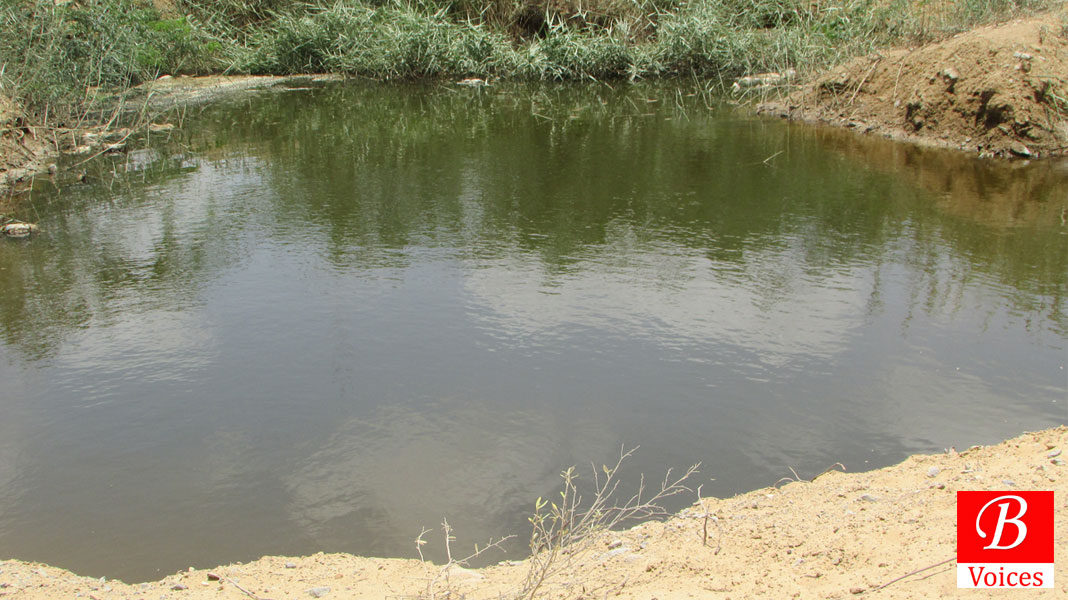
In overall emission of PM2.5, after vehicular emission (60%), industries account for 20 to 30 per cent of air pollution. Cement factories are the major cause of Particulate Matter, SOx, NOx and CO2 emission. According to a study people living in a cement dust zone are badly affected by respiratory and gastro intestinal diseases.
Considering worsening air conditions, in 2015, the world seemed to move a collective measure in shape of Paris agreement on climate change to mitigate the Green House Gases contributing to air pollution and increased temperature. Pakistan ratified the agreement in 2016. The agreement obliges the signatory to keep global warming below 2 centigrade. With this agreement being enforced, Pakistan has also committed to enact laws to mitigate Green House Gases (GHGs).
To curb the GHG emission from industrial zone which emits 6 per cent of the overall GHGs in country, Pakistan, in its climate change policy (2014-30), ensures that industries adopt an environment-friendly measure while upgrading the machinery that cleanse the hazardous gases before discharging.
The policy, in its strategy 1.4 which ensures promotion of using energy efficient motors in industrial sector, urges to identify the quality of machinery and motors used in industrial sector in Pakistan (on priority basis).
On provincial level, the Balochistan Environment Act (2012) is of much significance as it has made the province autonomous in formulating strategies to put curbs on industries in case they do not comply with National Environmental Quality Standards (NEQS). NEQs are the threshold set by the government of Pakistan to measure the emission of GHGs from industries.
“I have lodged complaint against GATRON factory about its drainage that carries toxic and various hazardous particles. The drainage passes through our populated area and it reeks off in winter. We are persecuted by the industries’ adamant attitude. They often satisfy us saying they have installed new treatment plants and discharged water, after being washed of hazardous pollutants, would be healthy for their crops which are also affected by waste water of the industry,” complains Mr. Usman Koh Baloch, councillor of the area, while talking to Balochistan Voices.
In Hub Industrial and Trading Estate (HITE), Environmental Protection Agency (EPA), an invigilating body on environment established in 1992, remains a beacon of hope. In a broader approach, the firm authority to put fines or send closure notices to the industries rests with the EPA.
“In 2010 our HITE chamber remained at top, as 60 industries presented themselves for environmental auditing and started environmental compliance,” Mr. Khan Mohammad, Deputy Director EPA (regional) told Balochistan Voices.
“In our Environmental Quality Standards, we have 32 parameter for waste water and 60 parameters for emission of GHGs. If any industry violates these EQS, we have right to fine them and can put a fine of 1 million,” reaffirms Khan Mohammad.
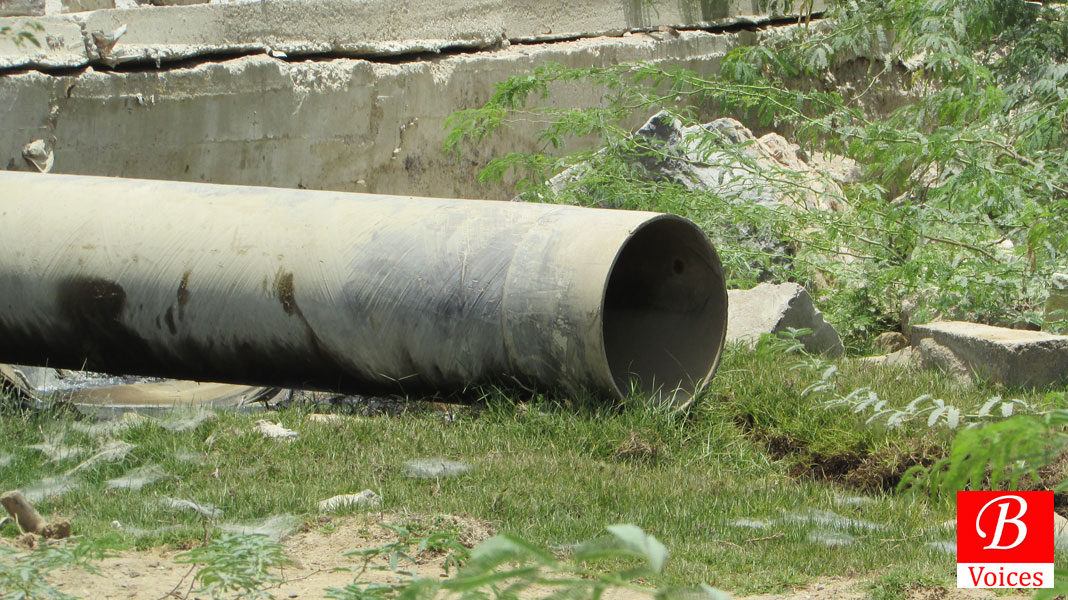
District Lasbela, being one of the coastal zones of Pakistan, also faces a dire threat from rampant deforestation. With this, the district suffers lack of precipitation as well. To reduce GHGs, reforestation remains to be a viable effort.
“If we install coal power plants, the best way to curtail the threat of air pollution is to plant millions of trees and we have initiated the process,” Mr. Khan Mohammad informs about the millions of tree plantation initiative which EPA has initiated recently.
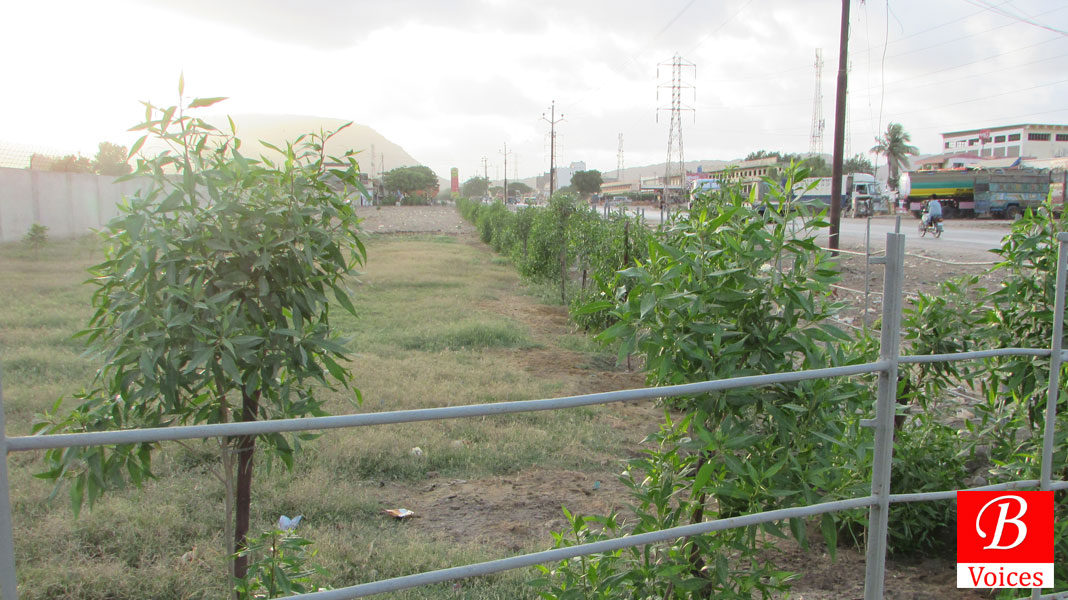
As per EPA’s initiatives since 2010, it claims to have made the many factories comply with laws to install treatment plants which filter the hazardous pollutants before emission. To rationalize the claim, access to the relevant data about their environment-friendly initiatives, industries have fortified their courtyards with security threat rhetoric which bars anyone who is concerned and seeks information regarding the policies adopted by the industries about diminishing air pollution and its fatal effects. Whatever the sophisticated steps have been taken by the concerned authorities or provincial government, masses of district Lasbela can still see a double-edged sword, air pollution, hanging over their heads!
Writer is a team member. Follow him on Twitter @AyazKhanzada18
Disclaimer: Views expressed in this article are those of the author and Balochistan Voices not necessarily agrees with them.
Share your comments!


